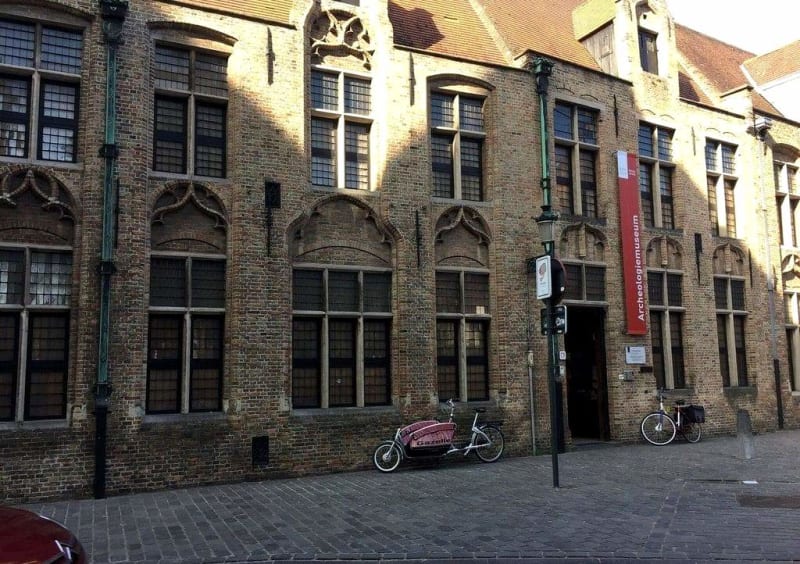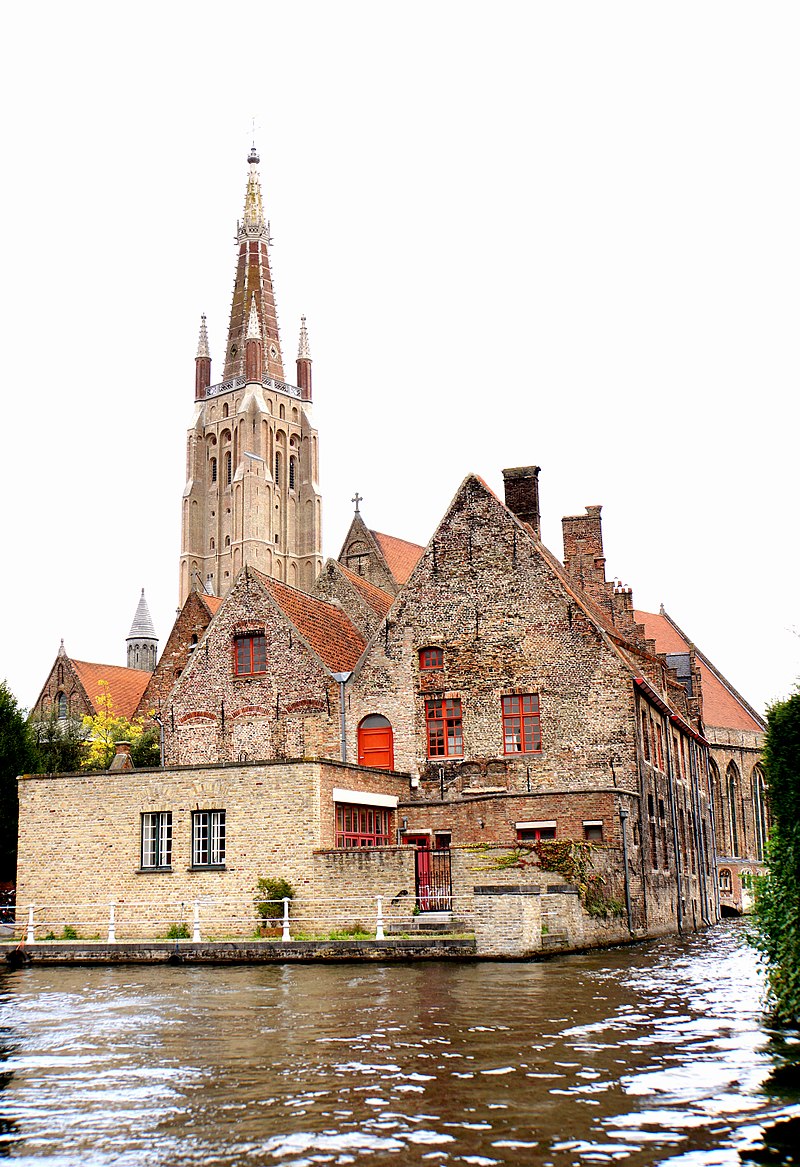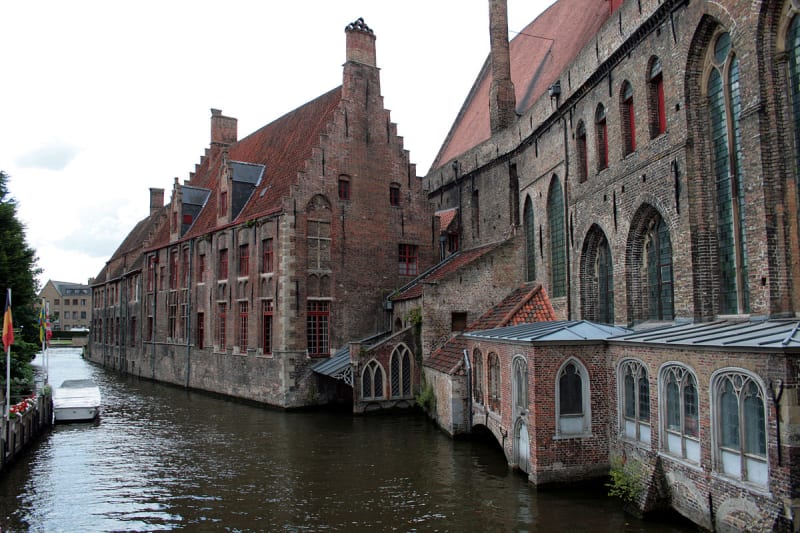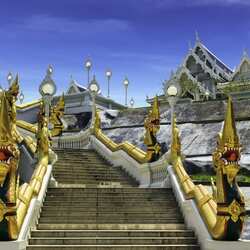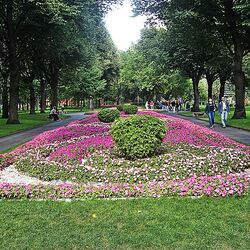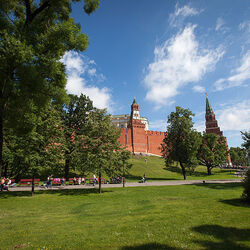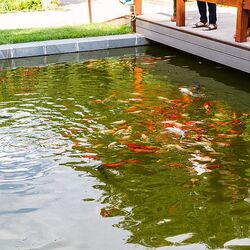Archaeological Museum of Bruges
The Archaeological Museum of Bruges combines a large number of diverse exhibits, but unlike other similar museums, there are a lot of interactive objects here. Visitors to the museum note that children, starting from the youngest age, may like it the most. This is a great opportunity to have an interesting free time with your family and learn real historical facts. The museum is on the list of recommended attractions during a trip to Belgium.
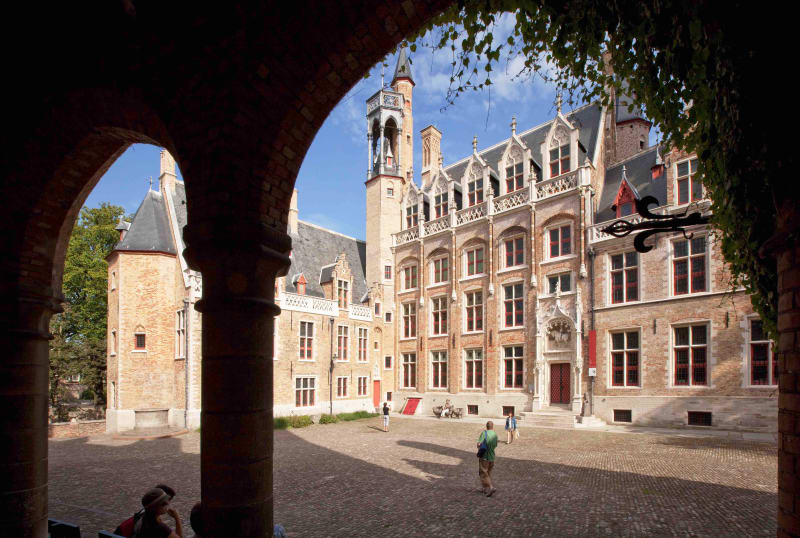
Features of the Archaeological Museum of Bruges
In this place, you can find out exactly how people lived in different periods of history, what objects they used in everyday life, what crafts they practiced, how they performed various rituals, including burying loved ones. There are many dishes among the exhibits of the Archaeological Museum of Bruges, ranging from the most ancient to more understandable modern samples. There are also clothes that peasant women and men could wear at different times. There are tools for work - machines for fabric production, household utensils and furniture. All of them are numbered and with the help of information stands you can learn interesting and useful things about each one. There are examples of paintings from different eras, they can also be examined in detail and their impact on the development of art in general can be assessed. The Archaeological Museum of Bruges is located in the old quarter, it is open daily, and the entrance fee is relatively low.
St. John's Hospital
St. John's Hospital is located next to the Archaeological Museum of Bruges, and they usually explore the sights together. The old hospital building appeared in the 12th century, originally it served as a hospital for the poor and travelers, Augustinian monks served here. It is noteworthy that today St. John's Hospital is considered the most ancient medical institution in the whole world. But this is not the only reason why tourists from different countries come here.

In the 15th century, the well-known painter Hans Memling worked in this place, and today 4 of his major works are on display in the museum. In the middle of the 15th century, he moved to Bruges and joined the Guild of St. Luke, a local guild of artists, sculptors, architects and other creative people, which later joined the Academy of Arts. According to legend, Hans Memling was wounded during the Battle of Nancy and sent to St. John's Hospital. In gratitude for the treatment, he presented several of his works to the hospital. In fact, he had absolutely nothing to do with military operations, but he painted paintings for the monks and donated them as a charitable gesture.
His most valuable work is considered to be the shrine of St. Ursula, painted by him. It depicts scenes from the life of the saint, the images are expertly applied to the small surfaces of an elegant shrine. There are works by other masters of painting here, as well as ancient surgical instruments, books on medicine, antique stretchers for the sick and much more, and the building itself makes quite a strong impression, it is very old and holds many memories and different imprints of history. St. John's Hospital is located at Mariastraat 38, and the Archaeological Museum of Bruges is located at Mariastraat 36A.
